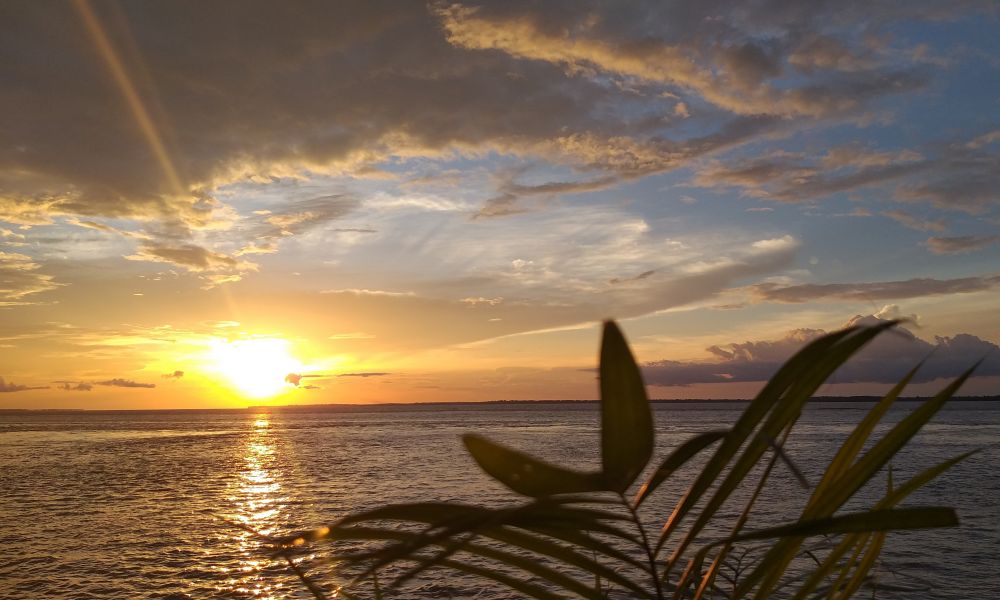Located just outside Belo Horizonte, Ouro Preto is, alongside Inhotim, one of Minas Gerais’ main attractions. The city is essentially an open-air museum, and has been declared a World Heritage Site by UNESCO, due to it’s tremendous importance in Brazil’s colonial history. Walking through its steep cobblestone streets is like taking a trip to the past!
Below, we’ve shown what one recent trip to Ouro Preto of ours looked like, and it’s pretty close to the perfect day trip to the village.
Leaving the capital at 8am, our first stop on the way to Ouro Preto was at the picturesque Museu Jeca Tatu, in Itabirito. There, you’ll find an old yellow school bus as a background for a mix of books, old video games, and many other antiques that take the visitor back in time – just not as far back as you’ll see in Ouro Preto.
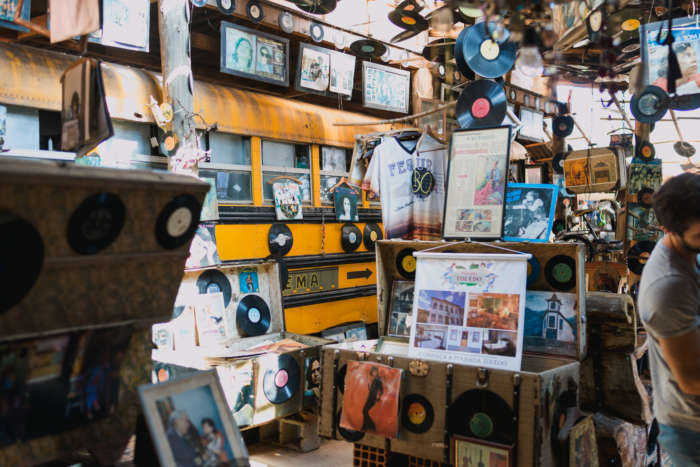
Aside from this impressive collection, another attraction you can’t miss at the museum is the famous pastel de angu, a deep fried corn meal snack, considered one of the best in the area. We tried both the meat and cheese filled ones, and loved it!
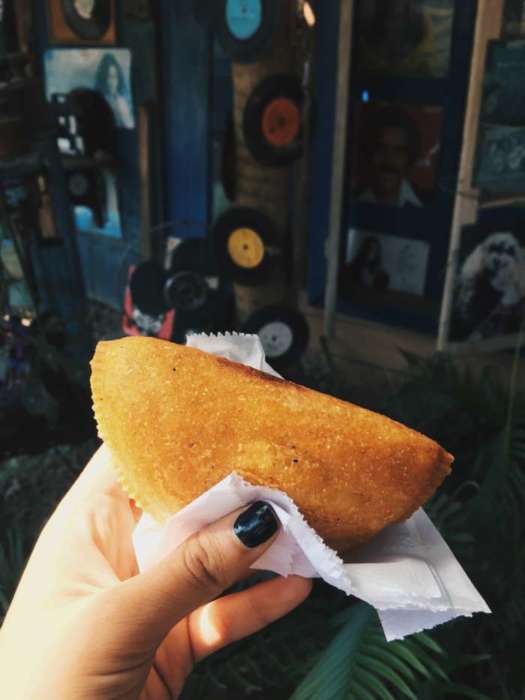
After the hour-long stop at the museum, we continued on our way to Ouro Preto. We parked near Praça Tiradentes and went sightseeing the old-fashioned way: walking up and down its streets!
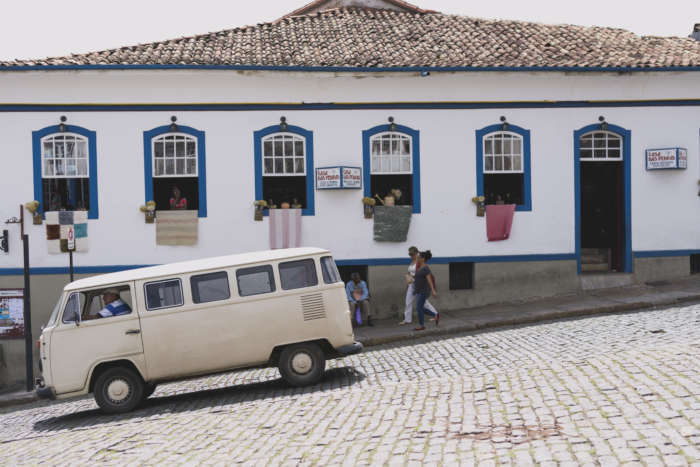
Our next stop was Museu da Inconfidência, housed in one of the cities’ most grandiose buildings. The museum has a large collection dedicated to the memory of the Inconfidência Mineira (a revolution that happened in Minas Gerais back in 1789), and allows us to understand one of Brazil’s most important uprisings.
A trip to Ouro Preto would not be complete without a stop in one of its many baroque churches, which are probably the best representation from the Brazilian Gold Rush, or “gold cycle,” as it’s called here. Since we didn’t have a lot of time in the city, we decided to visit just one of them: Church of São Francisco de Assis. Designed by Aleijadinho and adorned with paintings by Mestre Ataíde, this is one of Brazil’s most significant works from the colonial era. Aleijadinho, was a sculptor and architect, born to a Portuguese father, and enslaved African mother. Mestre Ataíde, was a Brazilian painter, sculptor, gilder and teacher, an artist of the baroque-rococo school in Minas Gerais.
Right in front of the church, a small street fair sells handcrafted goods made with soapstone, a staple of the city. It’s a nice place to buy some souvenirs, and also to see the artisans at work!
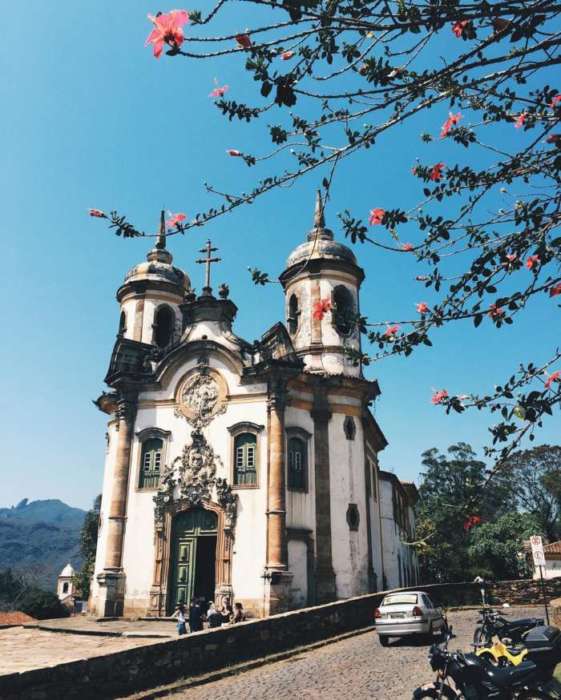
We left the church at lunch and were faced with a terrible dilemma – what to eat in a city with so many great restaurant options? Following some recommendations from friends, we opted for the famous O Passo – and didn’t regret it! The food really is, excellent, and the restaurant is in a pleasant location, with great service, and a lovely garden. And to make things even better, from Monday through Friday they have a fixed price menu (appetizer, entrée, dessert and, of course, some coffee) during lunch for only R$35 (about US$8!).
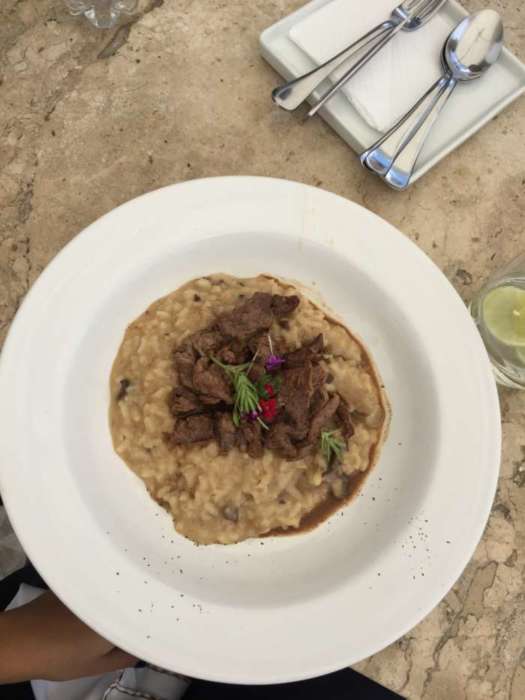
After lunch, we took some time to walk around town, digest, and sneak peaks into tiny shops full of traditional products (coffee, cheese, goiabada (a delectable guava paste)… <3) and stopping to take a few pictures. We also walked by an art gallery, Grande Hotel Ouro Preto (designed by Oscar Niemeyer) and a few other churches.
At the end of the day, we got back into our car, and made our last stop for the day: Morro São Sebastião Observatory, a place relatively unknown to most tourists. From there, we said goodbye to Ouro Preto enjoying one of the most beautiful views!
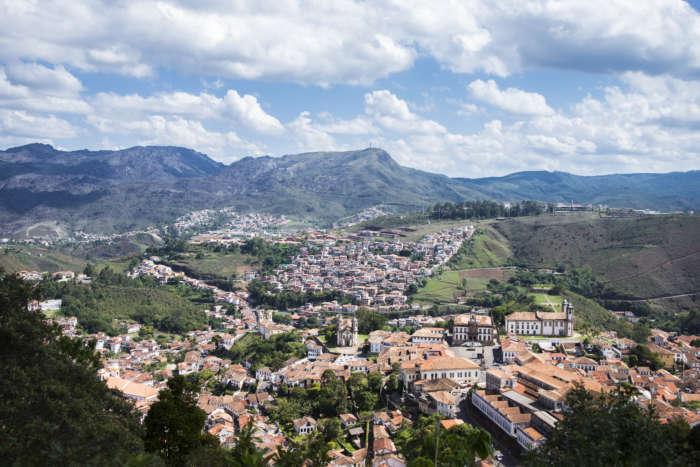
Want to visit Ouro Preto? Our host in Belo Horizonte can take you there! Just send us a message here: Viare Travel Email Request – We’ll be thrilled to have you!
[/fusion_builder_column][/fusion_builder_row][/fusion_builder_container]



